After posting largely uncommented pictures and work in progress screens of my Adventure Game currently in Development on Twitter, Facebook, Tumblr and every other site that doesn't charge me for signing up, i thought it would be a good time to finally write a devlog explaining what the heck this is all about.
Writing these kind of journals are a tricky thing to do. As someone who gets a lot of enjoyment out of reading about the stories, challenges and victories of other developers, i also kinda know that most of them don't really keep up with their posts. This is quite obviously, among other reasons, due to the fact that they're busy DEVELOPING THE ACTUAL GAME!!
Knowing me, i could be quite predestined to fall into the same trap of gloriously announcing an all-encompassing, witty, informative developers journal, only to quit updating it after a meager two to three posts. I was thinking to maybe start streaming on Twitch or even doing YouTube Updates, which would prevent me of the sometimes tedious task of actually writing something down. Besides, though my english is quite okay i think, even i am quick to find many grammar and spelling errors, most of the time days after i uploaded the bloody thing. Since i'm not a native english speaking person (my first language is german, or to be more specific, swiss-german with a heavy Basel dialect, which is probably as bad as it gets...), i can't guarantee for error-free blog posts and apologize in advance. That would be another benefit actually of doing this whole thing in sort of a more multimedia approach (now here's a word i haven't heard since the late 90's and Macromedia Director days!): even though you would have to listen to my mumbling voice, at least my lingual mistakes wouldn't be burned black on white on a tumblr or indieDB blog for all eternity and with some luck, you might even overhear it.
All this aside (i already spent half a page talking about my language barrier), let's finally get to "Purgatory" and the whole reason i'm here.
Now what is "Purgatory" exactly? The honest answer is, i don't know yet. The more marketing-savvy answer would be: it is a Horror-Adventure-Sidescrolling-Game in a whopping 16:9 SNES resolution of 256 x 144 pixels with some combat elements added to the mix. I have been working on the project on and off for the last few years although never got very far, mostly due to the typical mistake of overambitious plans.
My uncertainty, what the game exactly is, isn't some sort of pompous, self-indulgent attempt to make the project appear to be more hipster than it actually is but quite honestly, i'm really still quite at the beginning.
I guess a good way to start this devlog is by going in chronological order about the steps one has to take when starting the massive attempt to create a game. I’m by no means an expert or anything and basically make it all up as i go, but maybe some of you might take something useful out of it. So let's talk about inspiration and design.
It was interesting to think back and trying to find out, when i actually first had the idea of doing this game and i guess the earliest spark of doing a horror adventure actually came when i was still in my young teens. My dad ran an animation company for about thirty years and was one of the first in Switzerland to experiment with 3D software in the 80's. Back then, that meant investments of hundreds of thousands of dollars, preferably for Silicon Graphics Workstations plus the additional software. In this case, it was SoftImage|3D, developed by a french canadian company and used famously in the first Jurassic Park movie and subsequent blockbuster CGI Effects. One day, my dad discovered some intriguing images in a book about the software he just bought. It depicted strange, 3D rendered landscapes, surreal places and weird mechanical devices. The pictures were excerpts from Riven, the Sequel to Myst, developed by Cyan, Inc. and released in 1997. I got the game for Christmas and my dad and i enjoyed exploring the worlds quite a bit, although we really didn't know what we were supposed to do. We were kind of clueless tourists on a street market in the middle east but still, we were hooked.
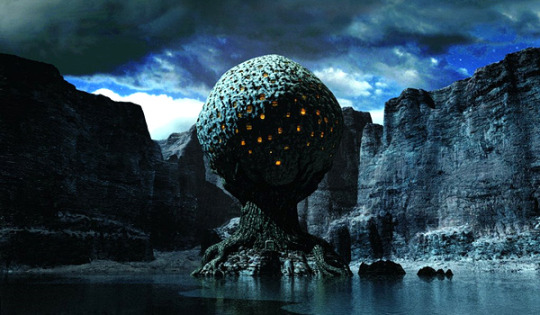
Soon there were talks about trying to a game like that on our own. Needless to say, we never got anyway far with that either, since we basically had no unserstanding of game development, but at least we created a cool submarine scene which was even animated. What came out of this initial idea though was the thought of setting the game in a (surprise!) haunted mansion.
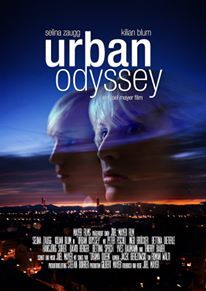
Years later, i finished my first feature-length film "Urban Odyssey", a teen roadmovie made on a shoestring budget in my hometown of Basel. Even though i wouldn’t want to miss the experience i realized, that doing projects that depend on a lot of people’s goodwill when you got no money like movies really weren’t for me. So i looked for new creative ways to express myself. I remembered the failed efforts at a game from years ago and thought about combining my knowledge of shooting video with my desire to make an adventure game. My film also got me acquainted with a lot of young actors and actresses so i thought about doing another story about young people. FMV Games aren't exactly looked upon highly and kinda went in and out of fashion during the mid 90's, when realtime 3D graphics took over the gaming market. Even though the acting was equally bad with those early low poly models, at least you couldn't reckognize their hammy facial expressions.
Since it was always clear to me, that i would have to make a game in english if i wanted to reach the widest audience possible, it got kind of unrealistic to shoot greenscreen with amateur actors that cost nothing AND speak perfect, accent-free english plus aren't making utter fools of themselves (and me). So that idea was scrapped as well.
A few years even further down the road, the indie game scene expanded and so did the indie adventure game community. I visited gamescom in 2014 while helping out on another project and met a lot of great people, many of whom were basically just guys in their bedrooms with great ideas and a PC as well, so i could relate (even though my PC is located in my living room, so i guess that gives me an advantage).
With the democratization of tools, it got somewhat more realistic for a simple-minded person like me to actually code his own game. I started out toying with some Adventure Game specific Engines like AGS and Visionaire and even though they're great in their own right, i suddenly realized that i'm actually not that big of a fan of the classic Adventure Game tropes as i thought i was. Heck, i don't even like solving puzzles. What always intrigued me about Adventures was their focus on Storytelling and characters as well as progressing through the game by exploring your environment. But the old pointing and clicking and waiting for your player avatar to fart his way to the next hotspot just felt so tiring and somewhat "disconnected" to me...
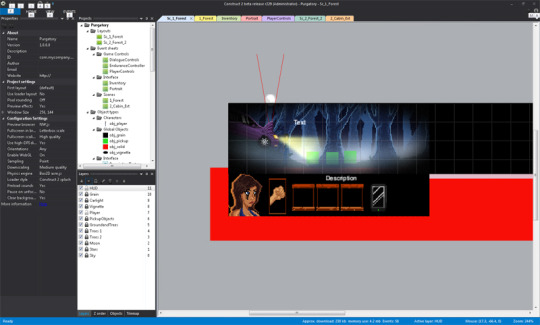
I guess my biggest gaming influences actually were my SNES from when i was a kid. I must admit, since my parents were quite mindful about me not getting my hands on anything that could be CLOSELY violent, i missed out on a lot of cool stuff like Castlevania. I also missed a lot of great franchises like Zelda, Final Fantasy or Chrono Trigger. So it was really basic Mario Brothers and Disney Franchise stuff, but i loved it! A game i did get my hands on though was "Illusion of Time" (or "Illusion of Gaia" as it was called in the US for whatever reason... ) I loved that game even though i couldn't get past a certain point but the story, somewhat strange and non-sensical (it's a japanese game after all), really captivated my imagination.
But i'm rambling again, dammit!
And i just deleted a whole paragraph where i talk about resolutions when i really told you guys at the beginning of this post that it will be about design and writing, so here it goes:
One thing i learned about designing a Game that relies so heavily on story is that i'm really not the person to dive into gameplay without having a quite clear idea what the game will be about. I met some great people at AdventureX and was astonished when some designers told me, that they're basically just start with a vague idea and then go on to create the first room and character sprite. Then they go on to the next room and maybe incorporate a puzzle. Then on to the next, etc. I admire that, especially since the games that they made were excellent! But for me it's not only about the story itself, it's about certain emotions i want the player to feel and themes i want to convey. Since it's my first game, i just want to make as sure as possible, that i'm on the right track to hopefully captivate the player in what happens on the screen. "Engagement" is probably a word, that i will use a lot in future posts to come. How to make a player feel engaged to a character, that's 46 pixels high? But more on that at a later time.
I read a lot about how other designers went about designing their games and found two general approaches:
The Flowchart Method
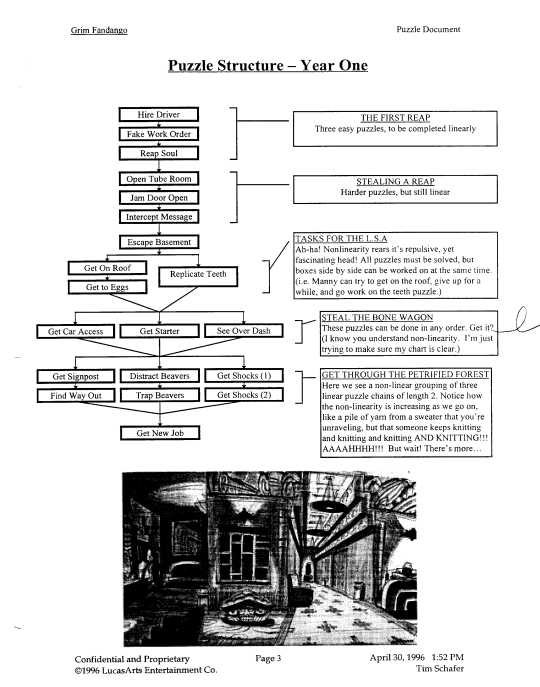
Ron Gilbert calls these Dependency Charts. It’s a great way to get a fast overview of your overall story structure and to map out everything in a clear way.
A great, in-depth example is the Grim Fandango Design Document, that floats around the Internet as a PDF. In it, every chapter (or year in the game), is mapped out first as an overview of the main story/puzzle highlights. For the following pages, each Big Puzzle is broken down in it’s individual steps, accompanied by a walkthrough that’s written out, explaining the necessary steps in more detail.
I used a software called XMind to map out my gameflow. It has a free version, so you can use it too if you’d like to try the flowchart/mindmap way of laying out your puzzles.
The other way i found was:
The Walkthrough/Bible Approach
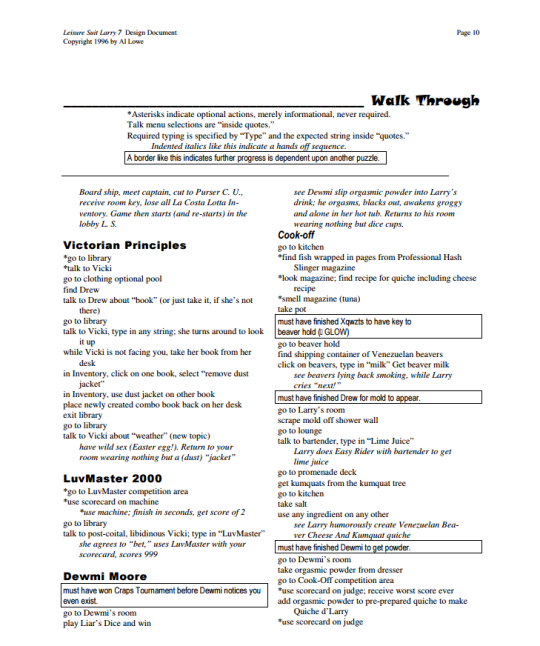
Al Lowe was kind enough to post many of his old design documents on his website and if you’re interested in adventure game design, they’re definitely worth checking out. What really impressed me was how DETAILED everything is. Nothing is left to chance, from the story, to the interface, to descriptions of every inventory item, a complete walkthrough even Scripts for the Trailer of the game are included.
Now, granted, there’s a good chance that LucasArts actually had additional documents that were similarly detailed as Al Lowe’s, especially for a Game like Grim Fandango, which already was a much bigger production than, let’s say, the original Monkey Island or Maniac Mansion (for which, notoriously, no design document existed except one big Dependency Chart). Looking at Ron Gilbert’s Thimbleweed Park Blog, it seems that he still likes to work with the mapping out technique, resulting in poster sized Charts, covering every aspect of the Game.
There’s no right or wrong and, unlike screenplays, there really isn’t one set format for how to structure a Design Document.
When it comes to the actual process of writing, everyone is different. My writing experience mostly comes from screenplays. I've written three full-length scripts in my life, and endless copytexts, voiceovers, trailer narrations for all kind of marketing purposes (might seem hard to believe for those of you reading this blog actually :D).
When i initially started out writing for “Purgatory”, i got myself all kinds of fancy writing tools with integrated corkboards, outliners, character databases, even a timetracker that told you, what a lazy ass you were that day once again. When it comes to writing though, i often run into the same problem: being distracted by an interface, which is ironic for someone who tries to write for a video game and who’s day job is as an Interaction Designer.
What i mean by that is, with all these sophisticated tools to structure and organize your writing, i find that i very often spend more time structuring and organizing than getting anything down on the virtual page. I guess it’s probably because my initial thoughts are really totally random. In one second i might think about an idea for a gameplay feature and that informs some part of the story and vice versa. So after quite some time spent with all the nice little tools that are available to make you the next Leo Tolstoy, i went back to my method of writing which always worked for me:
Write from the Heart, rewrite from the head (and lead a pleasant life doing it by cutting corners as much as you can).
So i basically just got myself a DIN A5 sized, hardcover notebook for 3 bucks and started writing into it. At first i even tried to structure my stuff in there as well by making chapters for story, gameplay, interface, etc. but sooner rather than later i got too lazy for that too. So i just open the notebook and write. Whatever comes to mind. Story pieces, questions about the game, questions about logic, little doodles, flowcharts, thumbnails for cutscenes, character descriptions etc.
Back when i wrote screenplays, i basically didn’t care about it’s quality on the first draft. I got myself a load of paper, stayed away from the computer as far as i could and just went ahead. The point is to just KEEP WRITING! Get something on there. Who cares, if it’s not great yet, Ernest Hemingway put it best: “The first draft is always shit”.
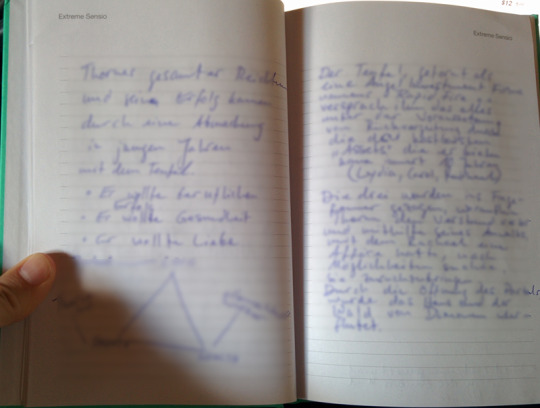
Writing longhand has two advantages: first, you won’t get distracted by anything more interesting that goes on on your PC like flashing Chatbuttons, the Interwebs or vidya.
Second: You get your first re-write automatically! After i’ve written everything down that i know, i take my barely readable notes and THEN i start structuring. By typing your initial ideas into the computer, you’re getting forced to re-read them and make sense out of it. Often times, this is where i’ll change, overthink or correct things for the first time. Write from the Heart, rewrite from the Head. This is also where all these nice Tools come in handy again, although i must admit, i mostly just use Google Docs and Notes.
So there you have it, that’s basically my approach to designing a game. Of course, i’m sure a lot of designers work like that. If you watch Double Fine’s Broken Age documentary, you’ll see that Tim Schafer actually keeps one big notebook as well, where he writes everything down longhand. The neat thing about having a physical Book is that you can carry it with you anywhere you go and never need WiFi or a power plug. I also tend to keep it close to my desk at my workstation or just wherever i am. If an idea strikes, then i won’t have to go far to write it down.
Now, having talked about the whole process, what are the results? Well, after months of laying out charts, trying to write synopsises, character developments etc., i finally have the whole story for the game down. Again, there are different approaches about whether a story informs the puzzles or vice-versa but in my case, now that i know what i actually want to happen and where the challenges for the player in this story are, i can build gameplay around it.
The thing i don’t plan in advance is dialogue. I built my own dialogue system (if you can call it that) in Construct 2, but i guess that’ll be a whole separate blog post.
Allright, so what’s this game about? Well, needless to say i don’t really want to spoil anything, but here’s like a short teaser:

When Alex and her boyfriend Dennis as well as their friends Cynthia and Marc are on their way back from a wild night out partying, they get in a car accident on a lonely country road in the middle of a forest. Alex awakes in the wrecked car, her friends: gone. There’s no choice but to travel deeper into the woods, looking for them. Finally, she reaches an old mansion, and it gets clear pretty quickly, that some evil force has captivated the rest of the group. Through her cell phone she receives cries for help and eerie messages from an unknown number. Alex has to uncover the dark secrets that happened within these walls before the night is over, if she ever wants to see her friends, and most of all, Dennis, again. But the former inhabitants of the house are not the only ones with an unsettling past and Alex will have to face not just the demons ahead but also the ones she left behind...
Well, i hope you found something interesting in this article. Sorry it got so long-winded, but i feel a devlog should basically be a journal where you put down all your thoughts, even if they sometimes get a little random.
“Purgatory” is really a passion project of mine. I don’t aspire to become the next indie or adventure game senation or anything and although it sounds clichéd, i’m basically just doing this for the selfish reason that i want to play it.
Hope to see you around and let me know your thoughts and suggestions etc. in the comments :)

